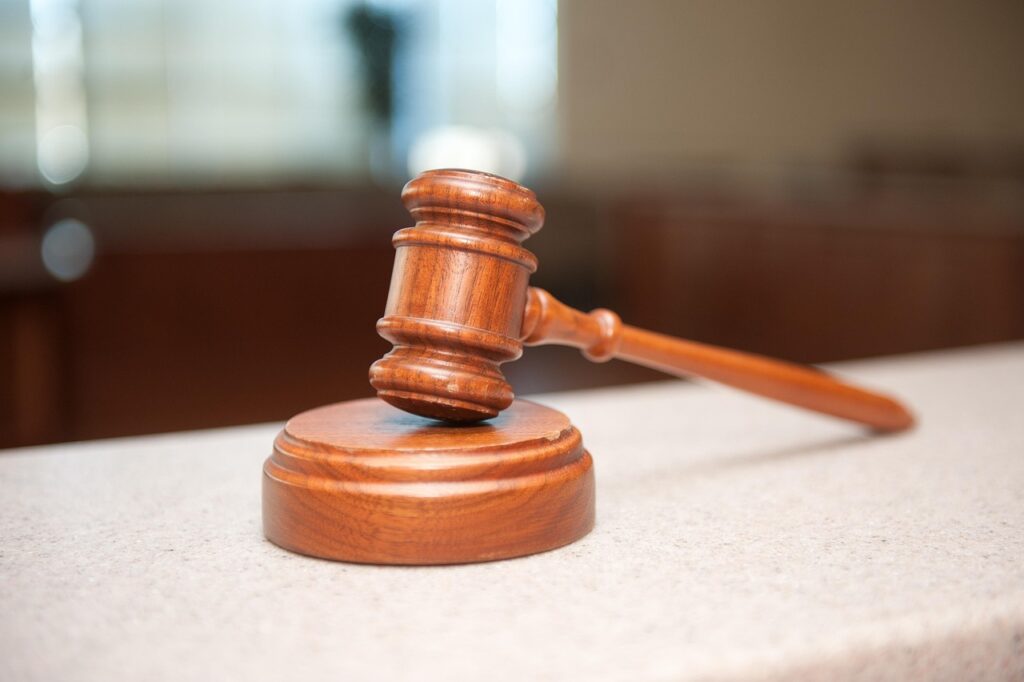Now Reading: Key Difference Between Copyrights, Trademarks, and Patents
-
01
Key Difference Between Copyrights, Trademarks, and Patents

Key Difference Between Copyrights, Trademarks, and Patents
Copyright, trademark, and patent laws protect investors’ rights and their unique impact on the business. They also serve the basic purpose of protecting business’s assets. However, they have key differences depending on what they do and their enforcement mechanisms. Below are distinctions between key IP laws and how one acquires them.
1. The Purpose and Scope of Protection
The laws protect brands, products, and individuals’ creative works. However, each IP covers different assets that jointly or independently contribute to the business’s existence. For instance, a copyright protects original authorship works. These include artistic, musical, and software-related works. Copyrights apply automatically once the work is produced and fixed in a physical medium. It offers the original author an exclusive right to modify and distribute their works.
A trademark protects all aspects that differentiate a brand from others, including names, logos, and slogans. It prevents others from using a similar identifier that might cause market confusion. A patent covers individual inventions and innovations, such as equipment and manufacturing processes. It gives the original creator rights to use, improve, and sell their interventions.
2. Duration of Protection
The protection duration for each IP law varies significantly based on the asset and state requirements. For example, copyrights last the author’s lifetime plus 70 years after the creator or author dies. Works created by corporations can last 95 years from publication or 120 years from creation. Working with an experienced business lawyer like Ritter Spencer Cheng PLLC is vital to understanding how long the copyrights last. That is especially true if the corporation is involved in the creation.
Trademarks last indefinitely or as long as the brand maintains and uses them commercially. However, a business must register and renew its trademarks every 10 years to remain acceptable. On the other hand, patent rights can last for up to twenty years if the owner pays associated legal and maintenance fees. Once the period expires, the invention enters the public domain, allowing anyone to use it without legal action.
3. How They are Enforced
Each intellectual property requires different enforcement mechanisms to prevent unauthorized use. How an individual or the organization acquires the rights can also determine the enforcement criteria. For example, an author can automatically gain protection or register with the US Copyright Office to gain more legal benefits. They can execute the law by filing a takedown notice through Digital Millennium Copyright Act or sending a warning letter.
Individuals and organizations can acquire their trademark and patent rights by registering with the US Patent and Trademark Office. USPTO must also approve the application to grant the rights. Ways to enforce trademarks include monitoring the identifiers and issuing cease-and-desist letters for unauthorized use. Brands can also file cancellation proceedings with the USPTO or take legal action in court for infringement.
Investors have a sole responsibility of enforcing their patent rights. That means they can file a claim for infringement or any damages on their creations. This allows them to stop the use or sale of the inventions without their permissions. They can also discuss licensing agreements with anyone who wants to use their innovations.
Endnote
Safeguarding your business rights and influence can be confusing. Luckily, knowing the differences between different IPs is the first step toward running a successful business. Choosing the right protection and knowing where to use it lets you focus on growing your business without fear or infringement.










